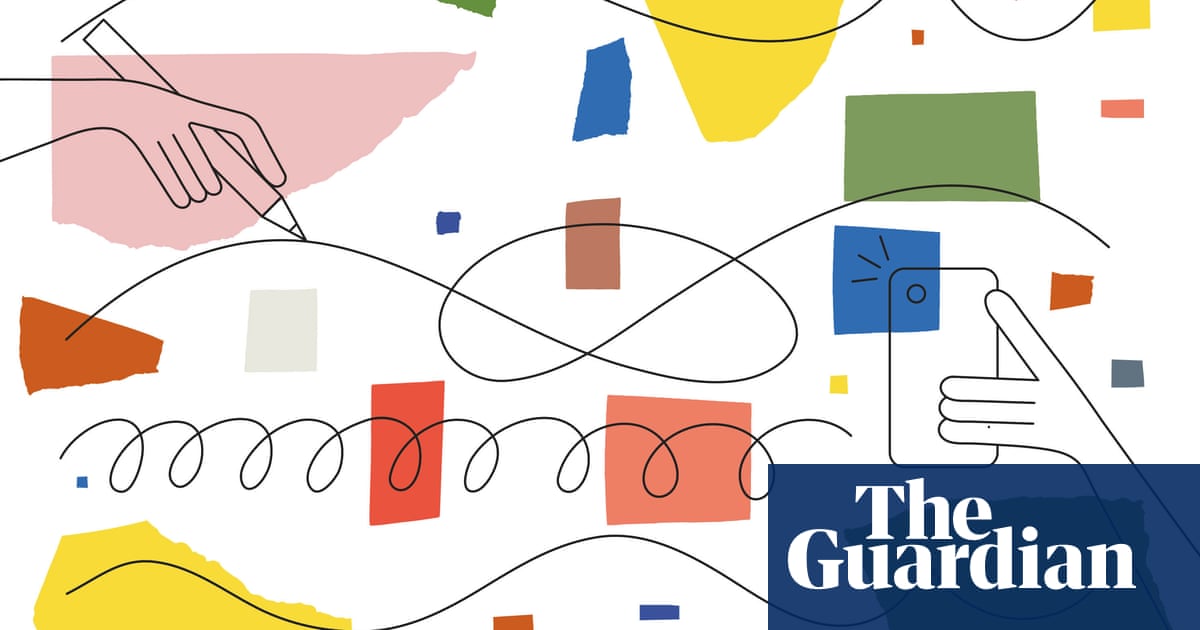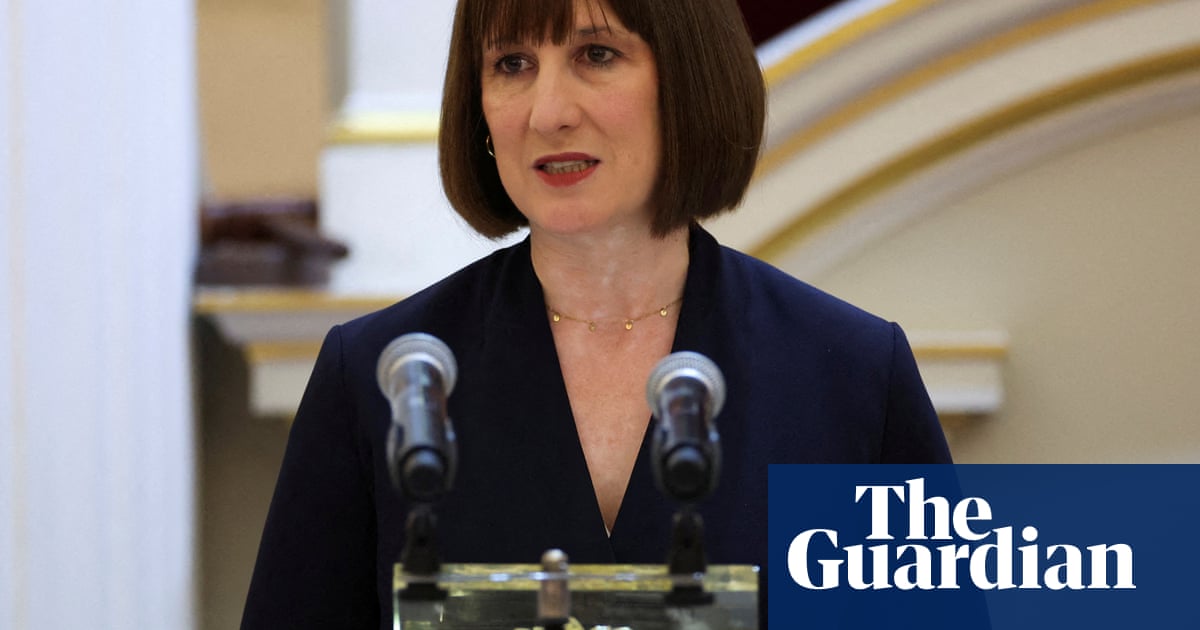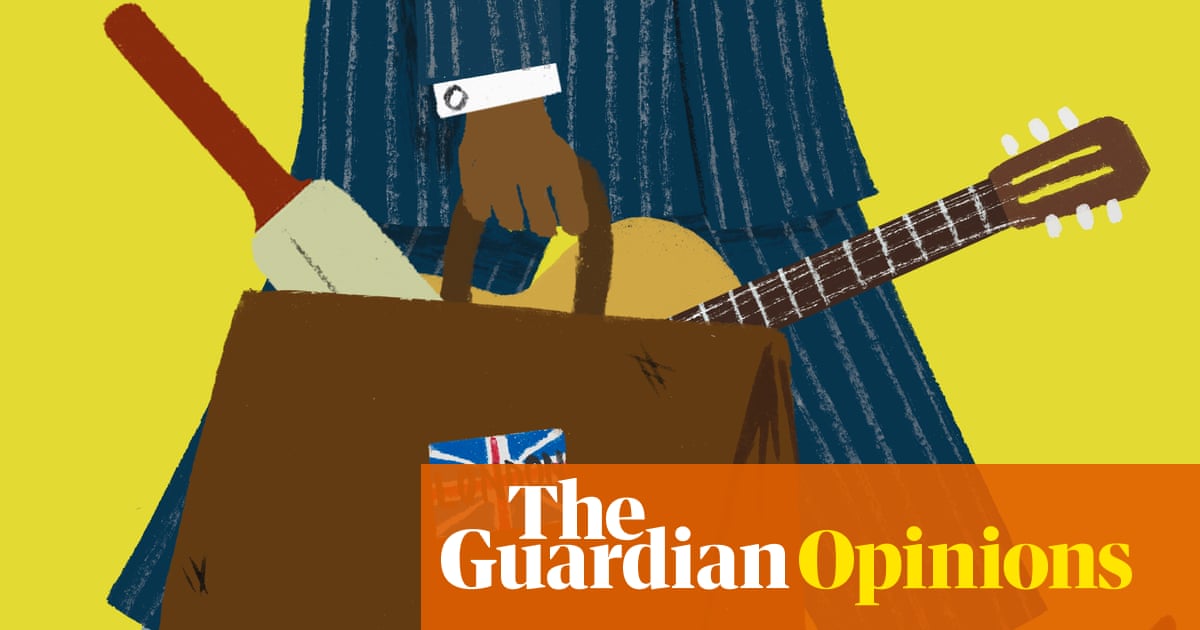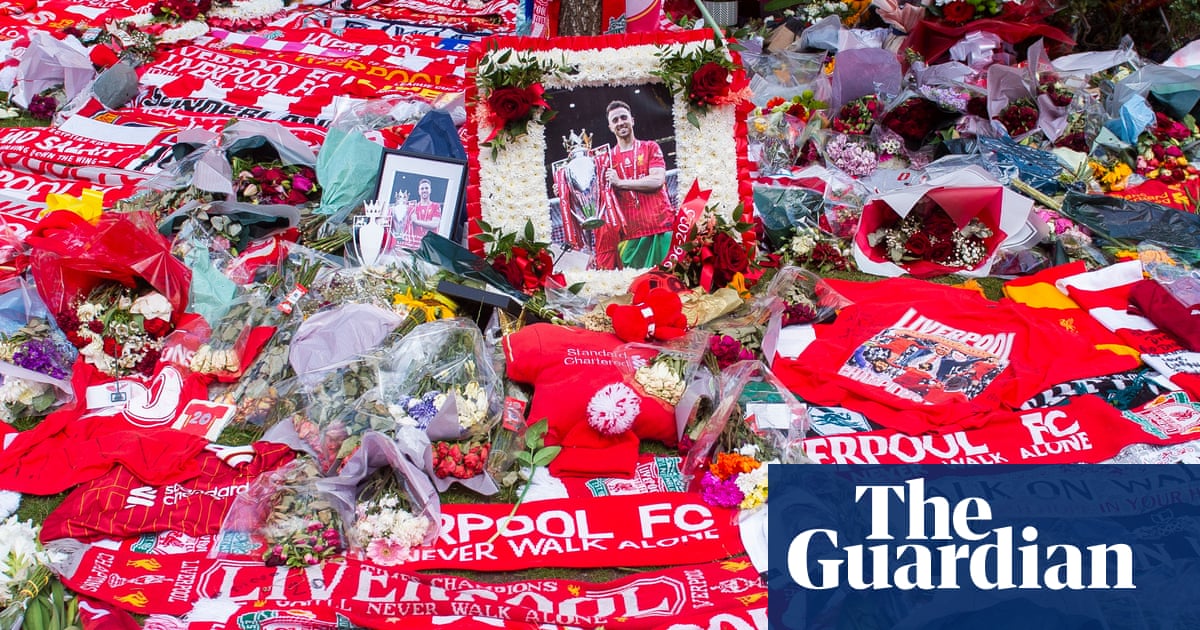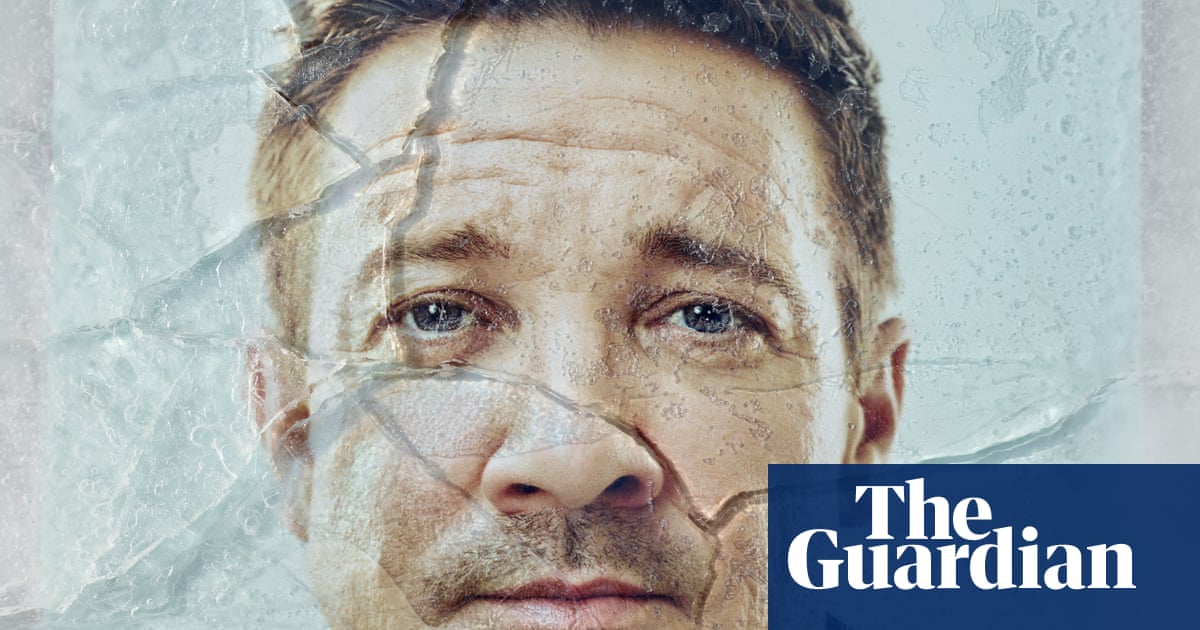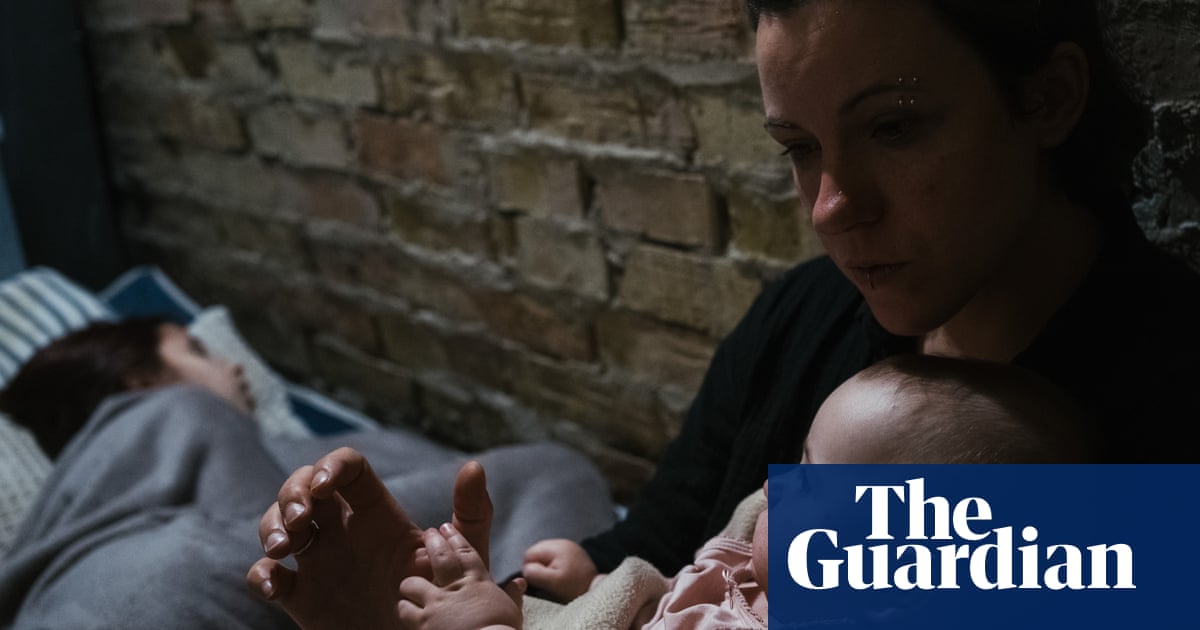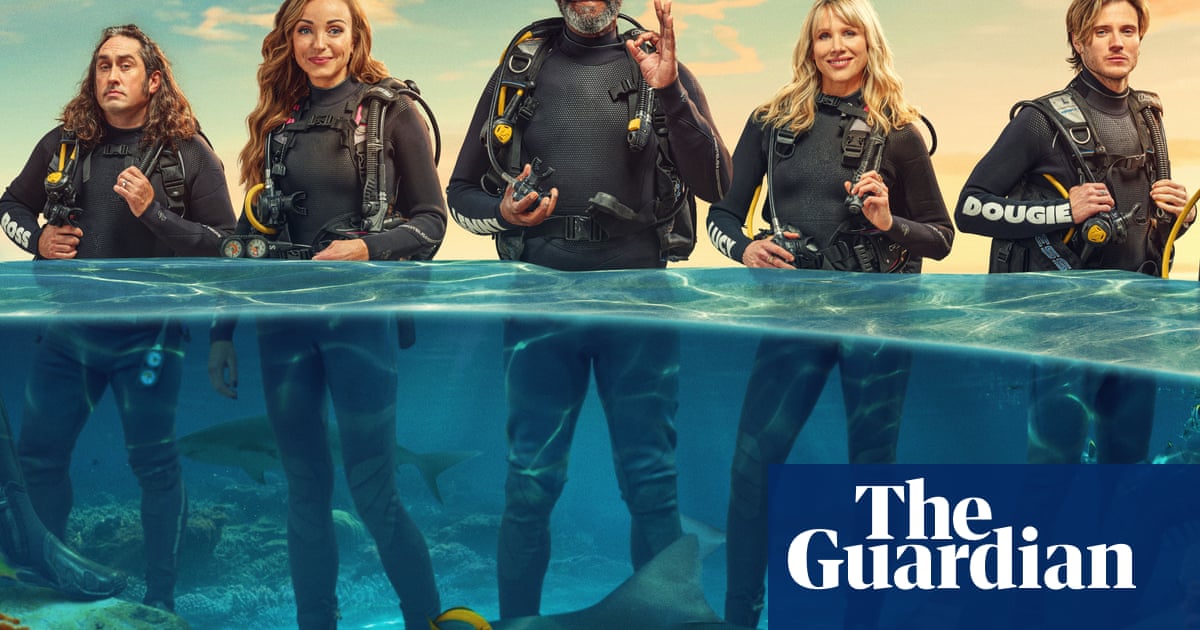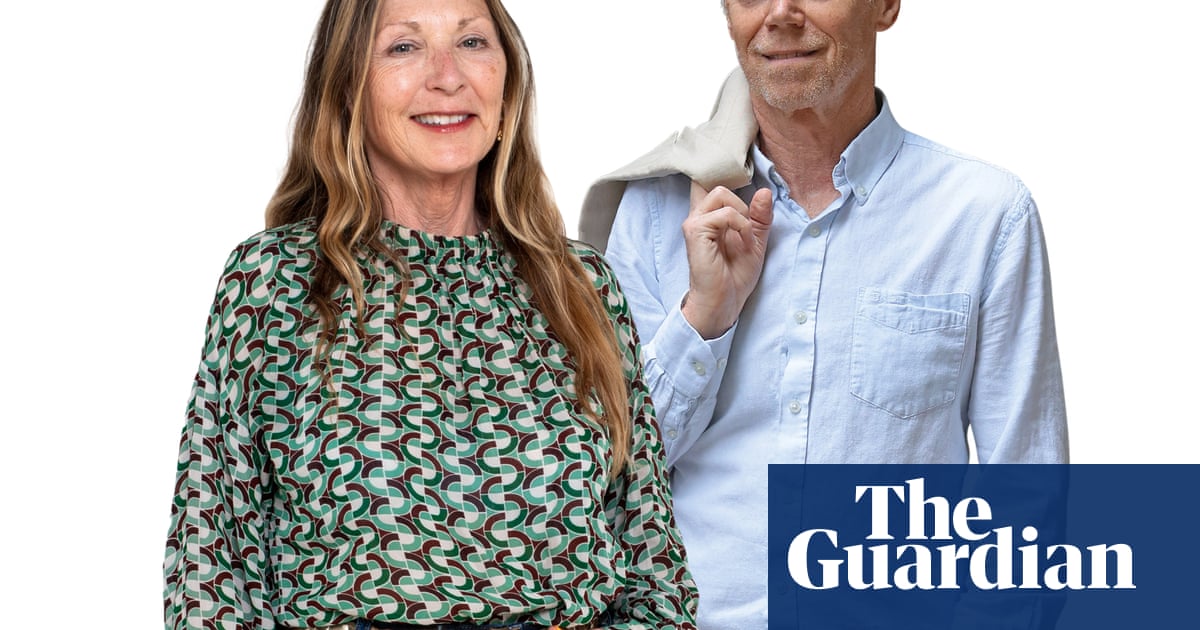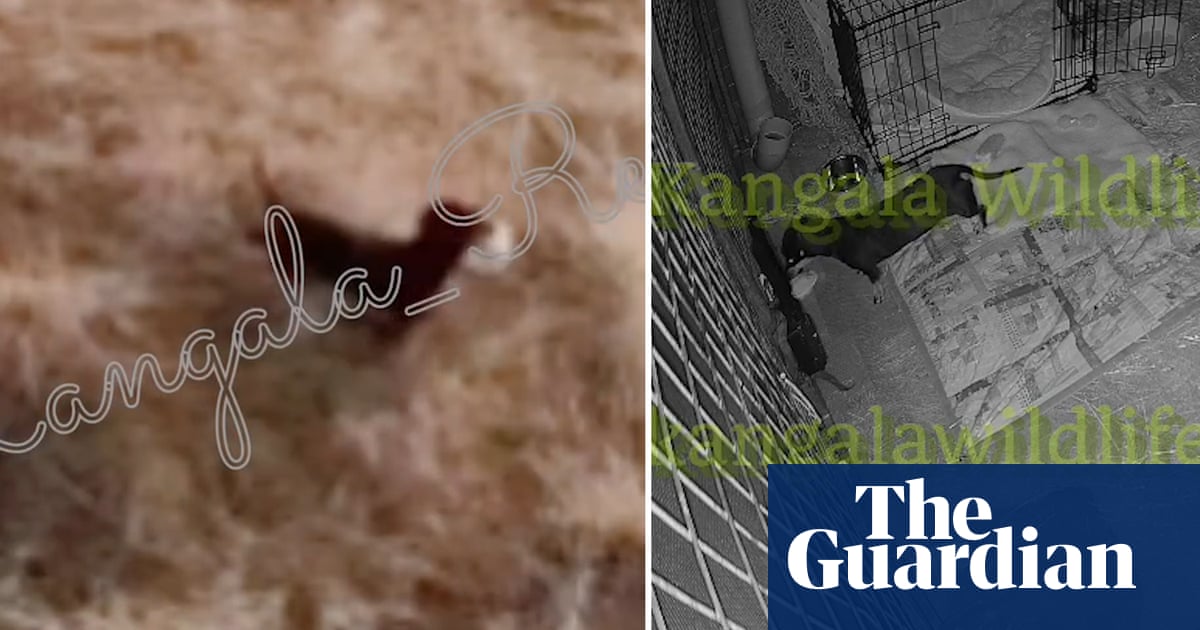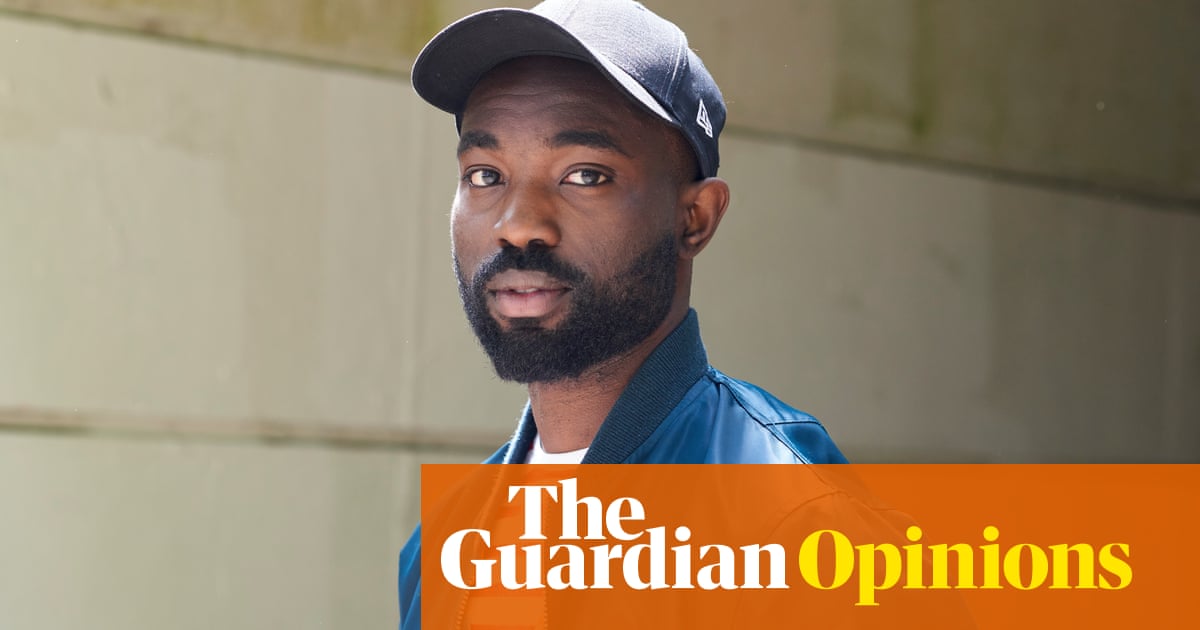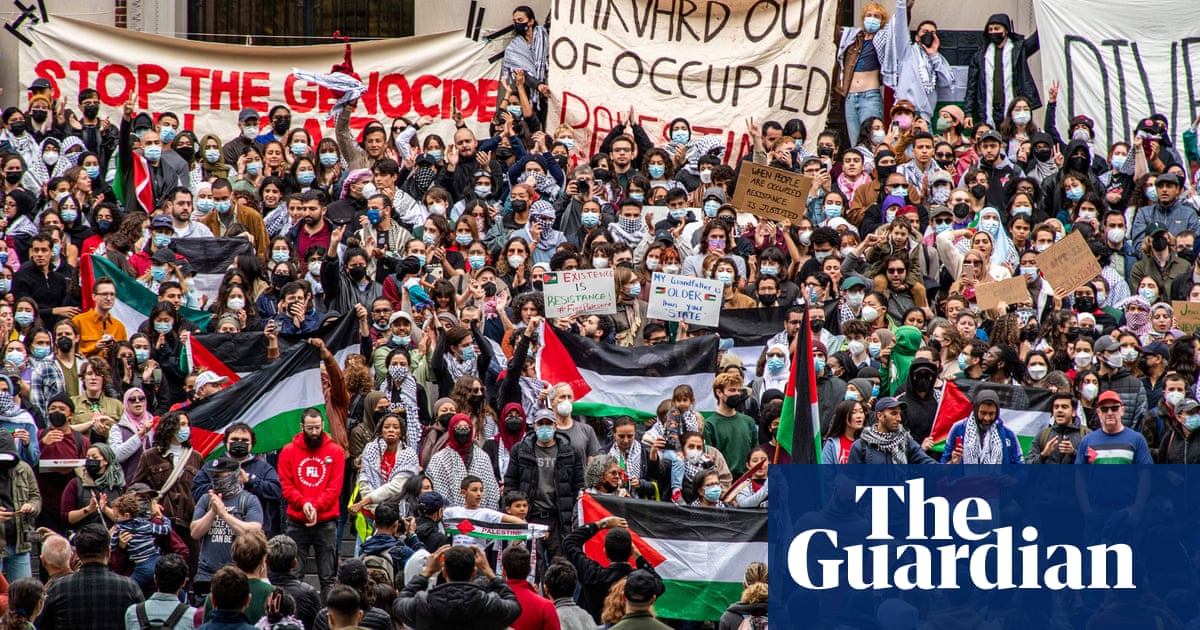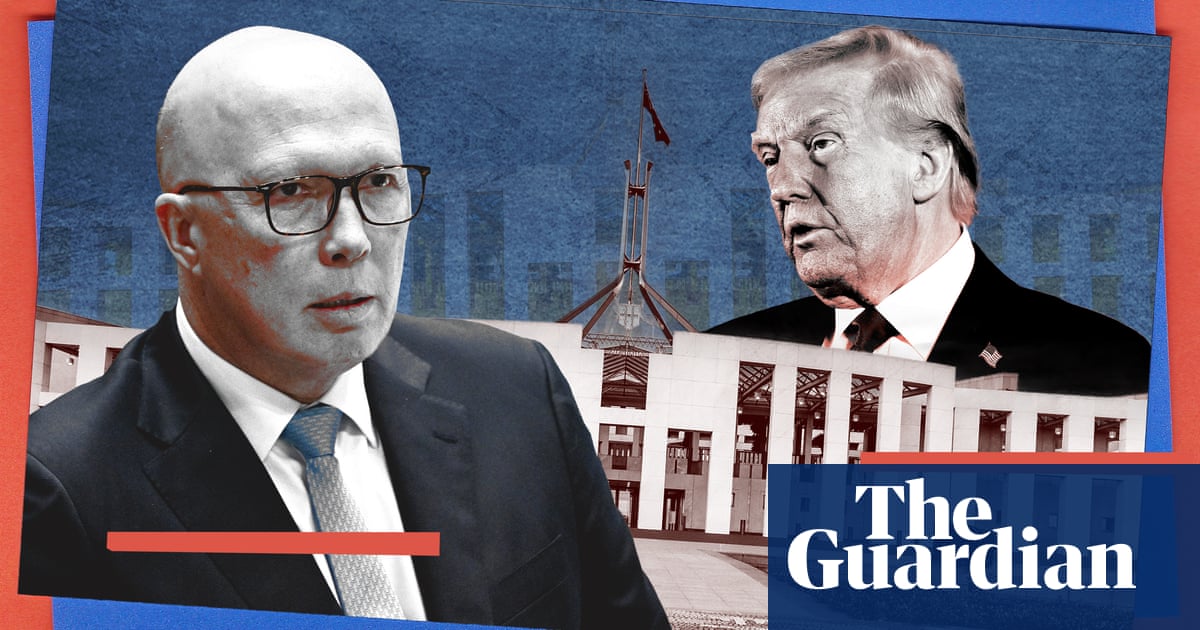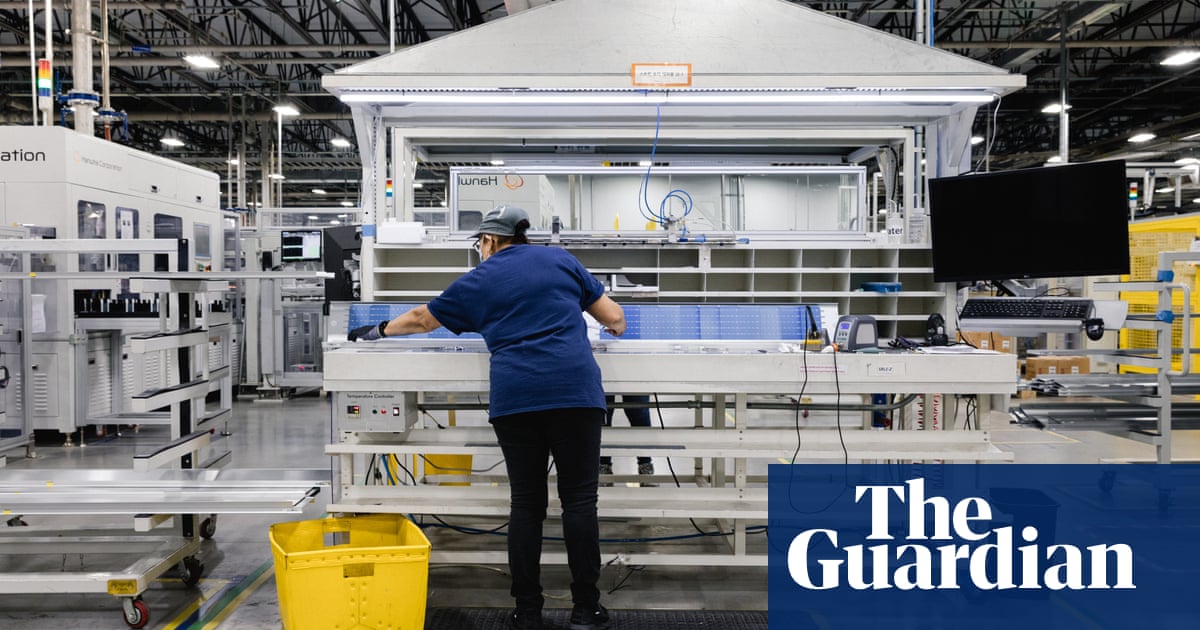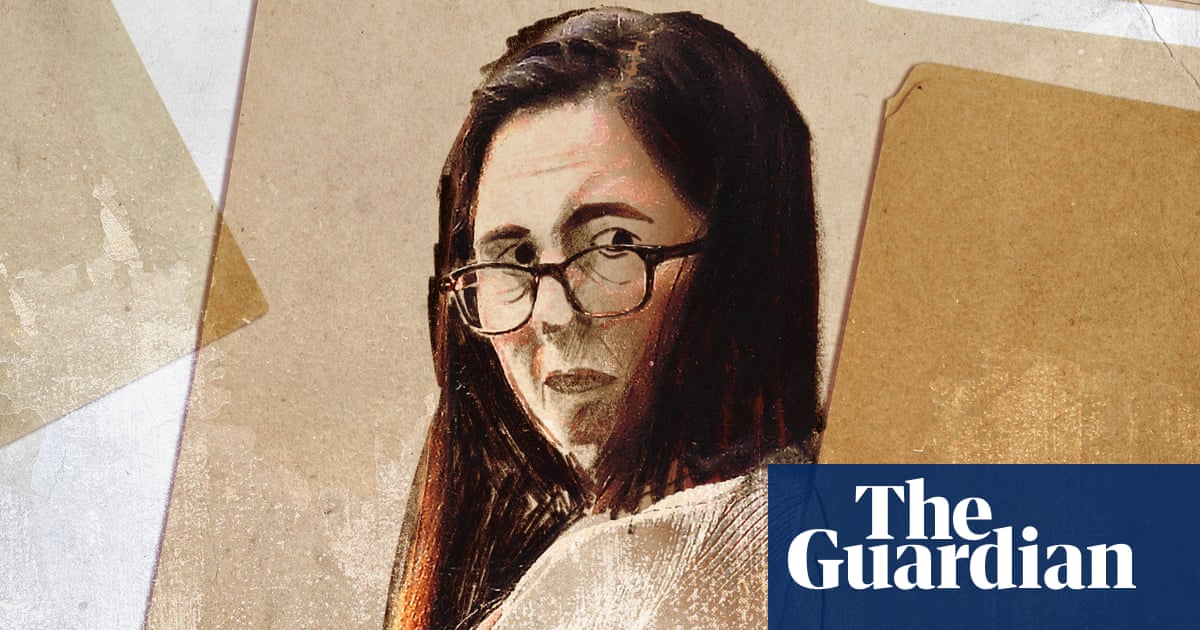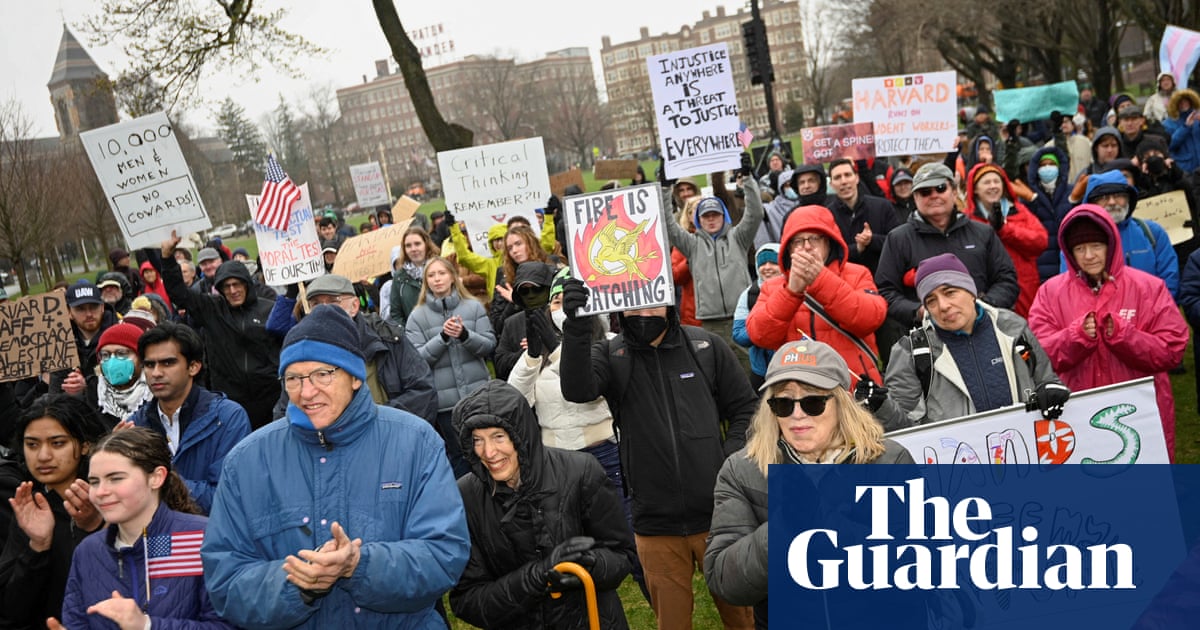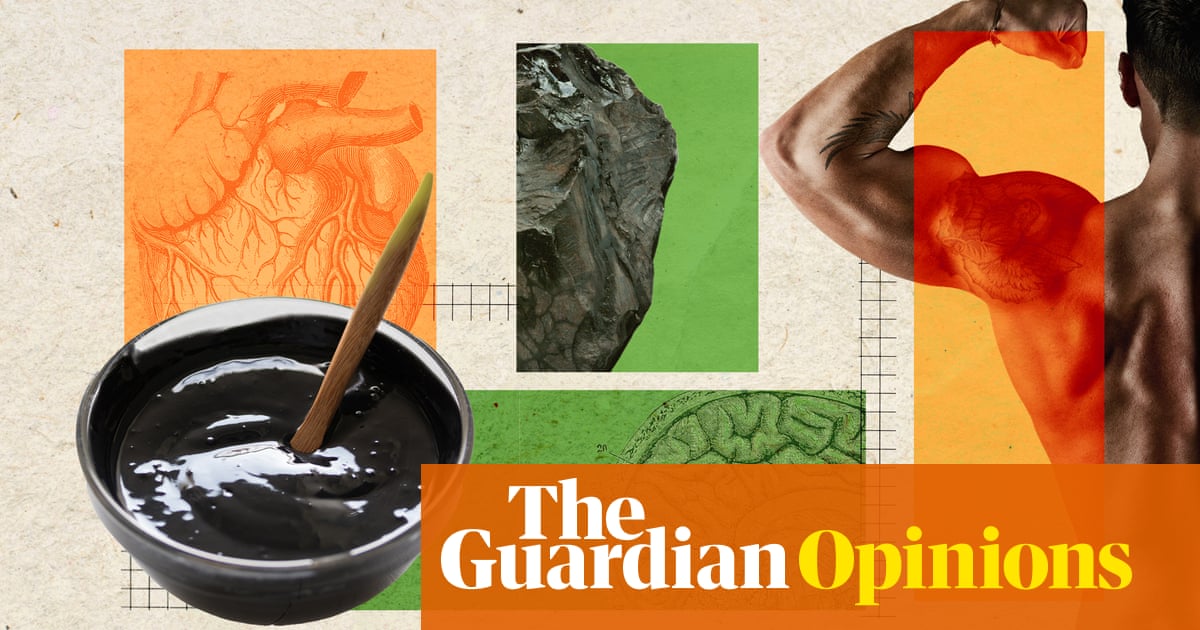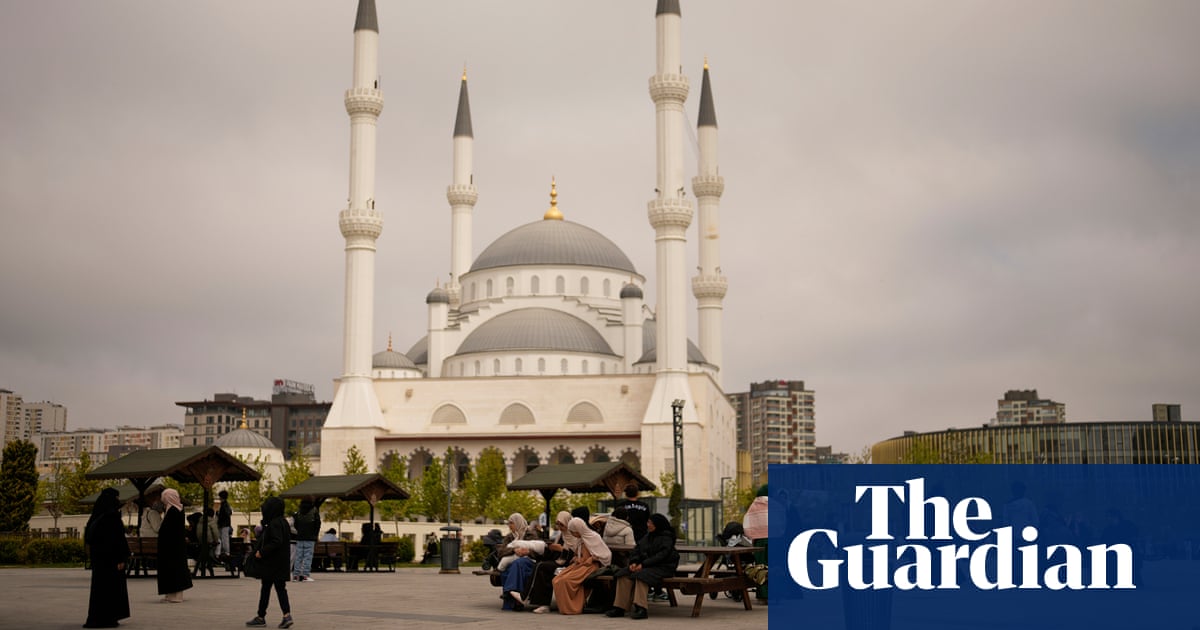Leni Riefenstahl had several successes at the Venice film festival. In 1932, the festival’s inaugural year, the German film-maker’s mystical mountain drama The Blue Light made the official selection. In 1934, she picked up a gold medal for Triumph of the Will, her chronicle of the Nazi party congress in Nuremberg. In 1938, 10 weeks before Kristallnacht, she won best foreign film with Olympia, a two-part documentary of the summer Olympics in Berlin that was commissioned and financed by the Nazi government, overseen by the Reich ministry of propaganda and enlightenment, and released on Adolf Hitler’s birthday.
After the war, and until the day she died, aged 101, in 2003, Riefenstahl insisted that her films were only ever about award-winning art. Through the postwar decades, and over the course of four denazification proceedings, the film-maker presented herself as an apolitical aesthete. She had no interest in “real-world issues”. She was motivated only by beauty, creative opportunity and the perfection of her craft. Although she never disavowed her personal fascination with Hitler, she vehemently denied complicity with the atrocities of the Nazi regime. Olympia and Triumph of the Will were in no way tendentious, she told Cahiers du Cinéma in 1965. They were “history – pure history”.
Last August, the film-maker made a return of sorts to Venice, but this time as the subject of Andres Veiel’s Riefenstahl, a new documentary that reveals just how doctored history could be in her hands. Made with exclusive access to her private estate, the film explores how Riefenstahl’s great talent for staging and image-making extended not only to a cinematic glorification of nazism, but also to a personal exculpation campaign so persuasive that Mick Jagger, Madonna and Quentin Tarantino all gladly endorsed Riefenstahl’s art.
Alongside his producer, the journalist Sandra Maischberger, Veiel was galvanised by the possibility that the material Riefenstahl left for posterity might disclose truths she had skilfully obscured in her lifetime. The first challenge was the sheer volume of her estate, which comprised more than 700 boxes, containing film reels, news clippings, letters, diaries, home videos, several drafts of Riefenstahl’s memoirs, hundreds of hours of recorded phone conversations, and hundreds of thousands of photographs.

Over six years, Veiel, Maischberger and a team of researchers combed through the material for anything that might contradict Riefenstahl’s public story. For the first six months, there were no breakthroughs. The experience felt “like a sermon”, Veiel recalls. “It was just interview after interview – always the same questions, always the same answers: ‘I was just an artist, I was not interested in politics.’ It was suffocating.”
It appeared Riefenstahl, a consummate editor, had perfected her posthumous presentation. Then, slowly, fissures began to appear among the folders and files. There was a scribbled note in a calendar to “Vote NPD”, a reference to the postwar neo-Nazi party. Recordings of private telephone conversations conveyed shared nostalgia for the “decency and virtue” of the Nazi years. There was a missing section of a 1934 interview Riefenstahl gave to the Daily Express which, when located in the newspaper’s own archives, described the “tremendous impression” made on her by Mein Kampf, the first page of which had made her “a confirmed National Socialist”.
There were also private letters that proffered previously unseen, and compromising, accounts of Riefenstahl’s stint as a war correspondent in Poland and her witnessing of one of the earliest massacres of Jews, in Końskie in September 1939. While Riefenstahl first claimed she did not see the shooting, and later that she did but had been horrified, the estate letters hint at a more complicated story. Indeed, one letter, referring to an army report of the massacre, suggests that Riefenstahl’s directorial instructions to remove the Jews from a market square where she was filming may even have been a catalyst for the shooting. Her request was relayed roughly by a member of the Nazi military as “get rid of the Jews”, the letter says. “Prompted by this remark … some of the Polish Jews attempted to flee and the shots were fired.”
“In the beginning, I was the detective, looking for her guilt,” recalls Veiel of his discoveries. “Later on I realised she does the job herself.”
Making Riefenstahl, Veiel and Maischberger observed in parallel a renaissance of the film-maker’s imagery and its attendant ideology. From Donald Trump’s raised fist to the organised bodies of Moscow military parades, the mediascape was increasingly occupied by the choreography, motifs and perspectives that characterise Triumph of the Will. To those in the film community – and beyond – who defend Riefenstahl as a “pure artist” or foreground the formal appreciation of her imagery, the documentary insists, as Maischberger puts it, that “there is no innocence in the use of these aesthetics”.
The film works with minimal commentary, but makes deft use of cuts to expose the inconsistencies in its subject’s storytelling. Her claim, in a 1993 documentary, that Triumph of the Will has “no other political goal or motive” beyond “peace and work” and “no mention of racial theory” is swiftly followed by her low-angle shots of the Nazi propagandist Julius Streicher thundering that “a people that does not hold dear its racial purity will perish”.
The more archival interviews with Riefenstahl the team reviewed, the more the film-maker also revealed her strategies of postwar rehabilitation. An actor before she was a director, she deployed all her “tools as an artist”, Veiel says, to deflect from her ideological affinity with nazism. Over the course of the documentary, we encounter the film-maker as beguiling and flirtatious – all secretive smiles and “oh, do have another cup of coffee”. We see her furious and intimidating, abruptly shutting down interviews with a high-volume tirade. We see her insist on her own victimhood and on how “terribly difficult” it is not to be believed. And in English-language interviews in particular, we see her play guileless ingenue. “What does it mean, ‘disappear’?” she asks one interviewer, when asked about her knowledge of deportations.

Throughout Riefenstahl, Veiel makes frequent use of slow-motion and zoom to bring the viewer uneasily close to his subject’s gaze, gestures and mouth. Early on in the film, he cuts between photos of her at different ages, her piercing eyes steadfast centre of the frame. The effect is one of powerful beauty (“as pretty as a swastika”, as American columnist Walter Winchell memorably put it), and of even more potent image control. “We show her ability to stage herself,” he says. “Different means and methods, always knowing there is some sort of impact.”
Did Veiel, a posthumous interviewer of sorts, feel manipulated by what Riefenstahl had left behind? “There was this deep suspicion. I asked myself how do I go beyond the performance?” In particular, the director, who studied psychology, grappled with documentation of the film-maker’s childhood.
In memoir drafts found in the archive, Riefenstahl described a harsh upbringing, punctuated by “terrible beating” and often being told it was a pity she was not born a boy. She recalled a formative episode as a five-year-old, when she was thrown into a lake and left to figure out how to swim. Since these anecdotes did not make it into the published version of her memoirs, Veiel is inclined to consider them uncomfortable truths – determinative traumas, even – that might contextualise Riefenstahl’s relationship to nazism. “It’s this very brutal Prussian education,” Veiel says, a childhood imbued with ideas of “toughness, strength, the contempt for weakness, the question of supremacy”.
after newsletter promotion
These leitmotifs would carry over to Riefenstahl’s early acting career of the 1920s, in which she starred in several so-called mountain films, directed by Arnold Fanck. In these Alpine epics – The Holy Mountain and The White Hell of Pitz Palu are two of the best known – Riefenstahl was determined to do all her own stunts. Often the only woman on set, she scaled glaciers without safety ropes, ascended sheer rocks barefoot, was immersed in freezing water, and nearly suffocated under a staged avalanche.
Veiel sees a through-line from these childhood experiences and early acting roles to Riefenstahl’s work for the Third Reich. “It was some sort of long-prepared affinity,” he says. “It was not by chance that Hitler was asking her to make these films. She had this divided idea of mankind – celebrating the strong, condemning the so-called dirty, sick or frail. We considered her at a certain stage as a prototype of fascism.”
In assessing the impact of education, history and policy on Riefenstahl’s outlook, Veiel described a tightrope between understanding and exculpation: “For me it was important that she is not just a nasty Nazi. She is a human being. That makes her even more dangerous, because she comes out of the middle of our society. I wanted to understand her, but not to exonerate her responsibility.”
At times, Veiel seems to come close to a psychological study of his subject. “This ideal of purity and beauty was, of course, to repress the violent part of her experience,” he says. He acknowledges, however, that this is conjecture, rather than conclusion, around the film-maker’s formative years, and that the unpublished drafts of Riefenstahl’s memoirs have no more claim to factuality than the different versions of her experience in Końskie, Poland. In this, the documentary is on more unstable ground, contending with the unreliability, as much as the revelations, of its source material. “It is open. I’m not the one who can judge what is fabricated or not,” says Veiel.
To counter the doubt, Veiel insisted on total fidelity to the archival material. “If you make a film on someone who is manipulating their whole life, it was a total no-go for us to use AI,” he says. He also developed a visual style rooted in the materiality of the estate. Spliced between the archival footage and recordings are several shots of the archive’s physical presence: the file dividers, the labelled cassettes, the glued-in pictures in albums. The means and matter of analogue record-taking lends Riefenstahl a solidity its slippery protagonist cannot.
Ultimately, however, Riefenstahl impresses most in attesting to the seductiveness of evasion. Veiel hopes that the film will above all foster a deeper understanding of “the structure and necessity of legends” and the breeding ground of untruths. Even when the gaps and inconsistencies in her storytelling seem flagrant, she still finds her advocates and supporters. “It doesn’t matter that she is obviously lying,” Veiel says. “People want the lie. That’s the crucial point.”
Riefenstahl is in cinemas from 9 May.

 2 months ago
48
2 months ago
48

